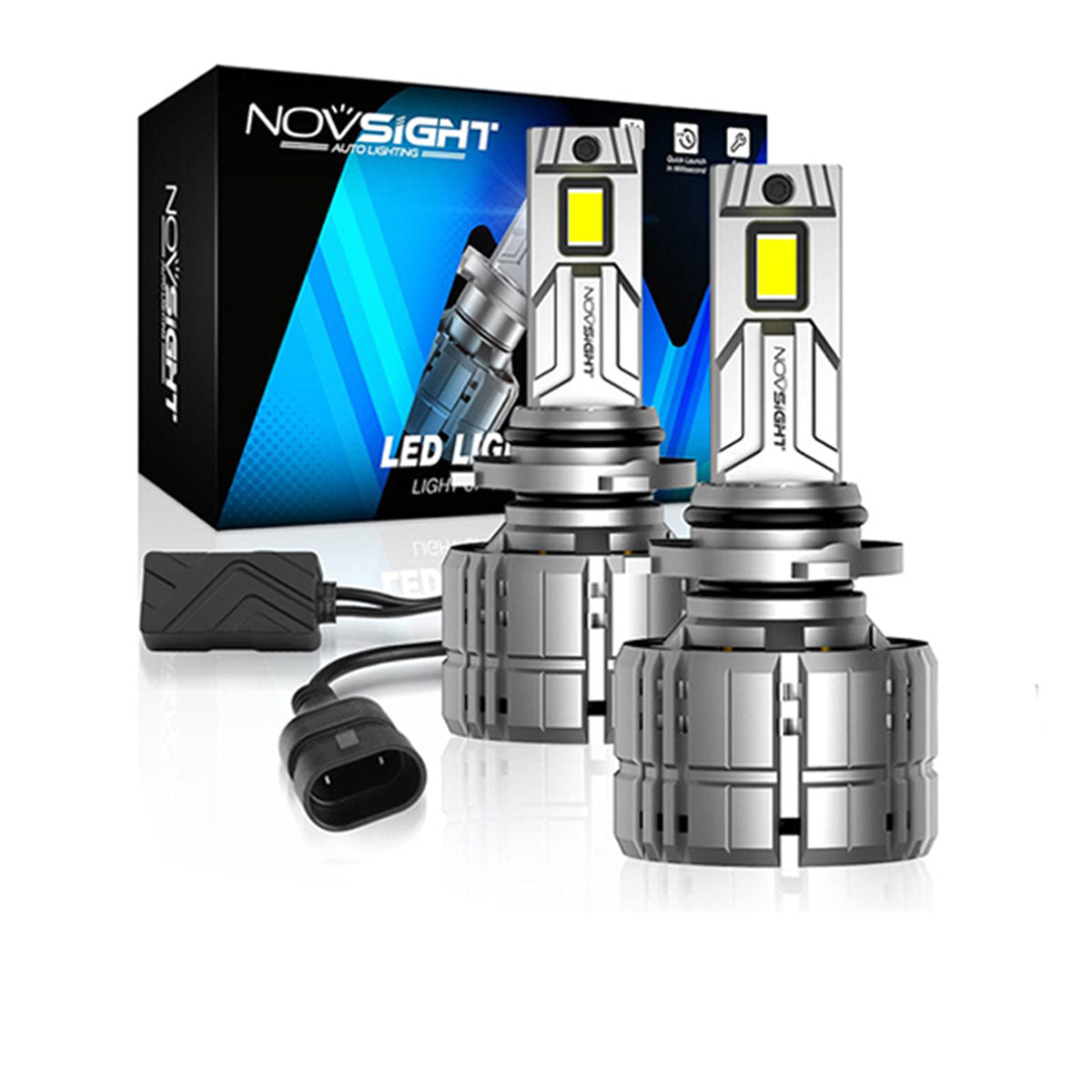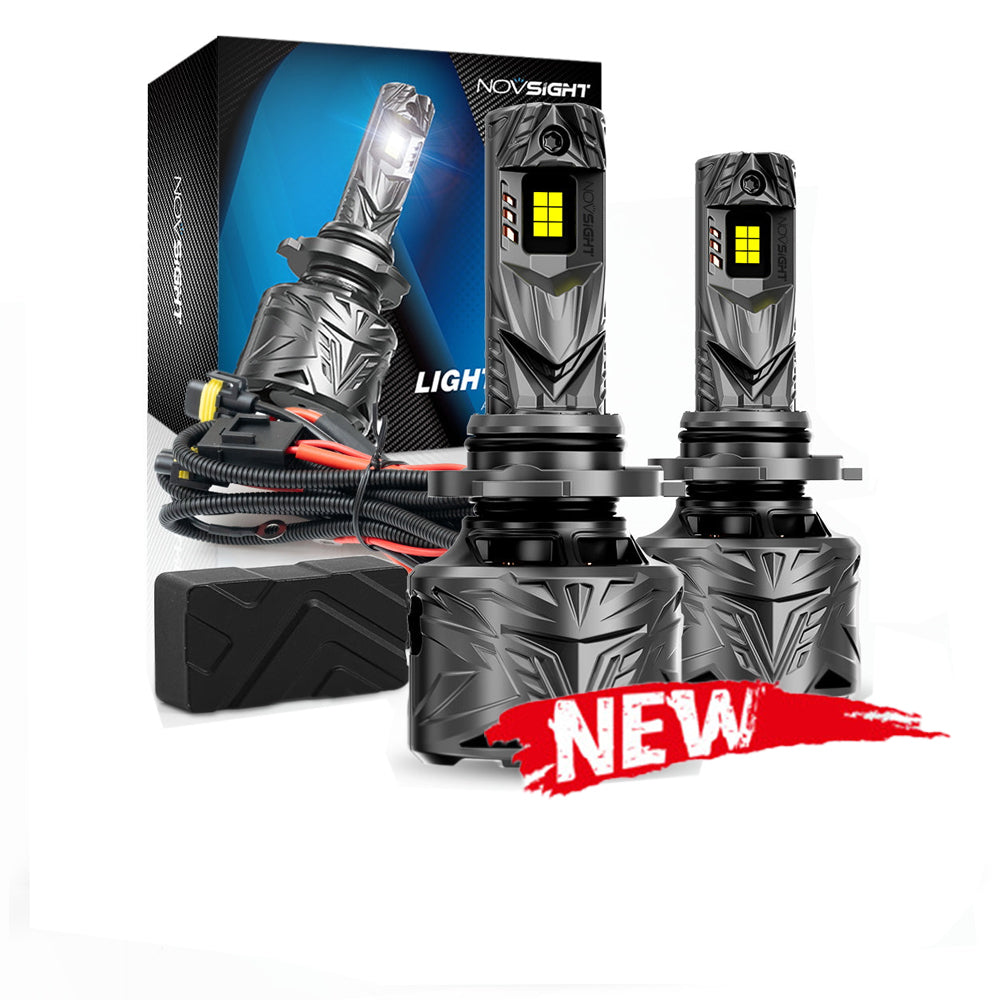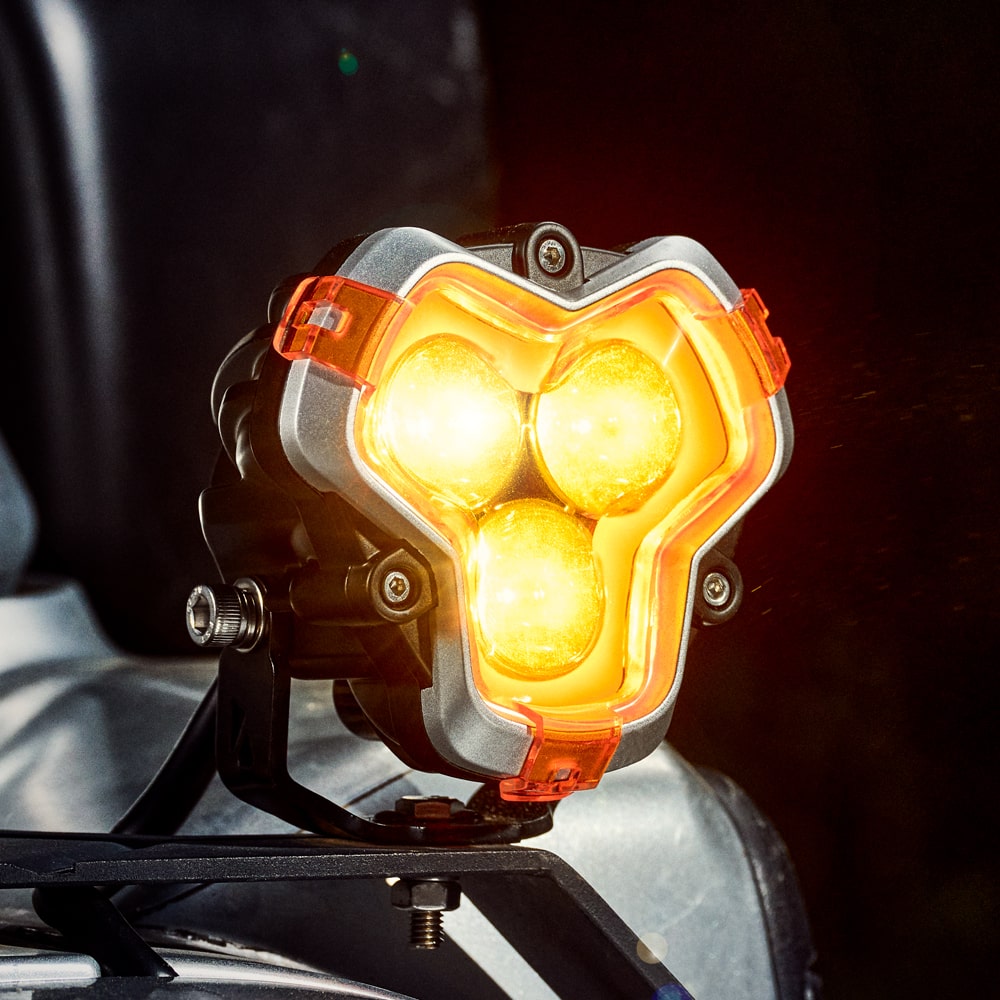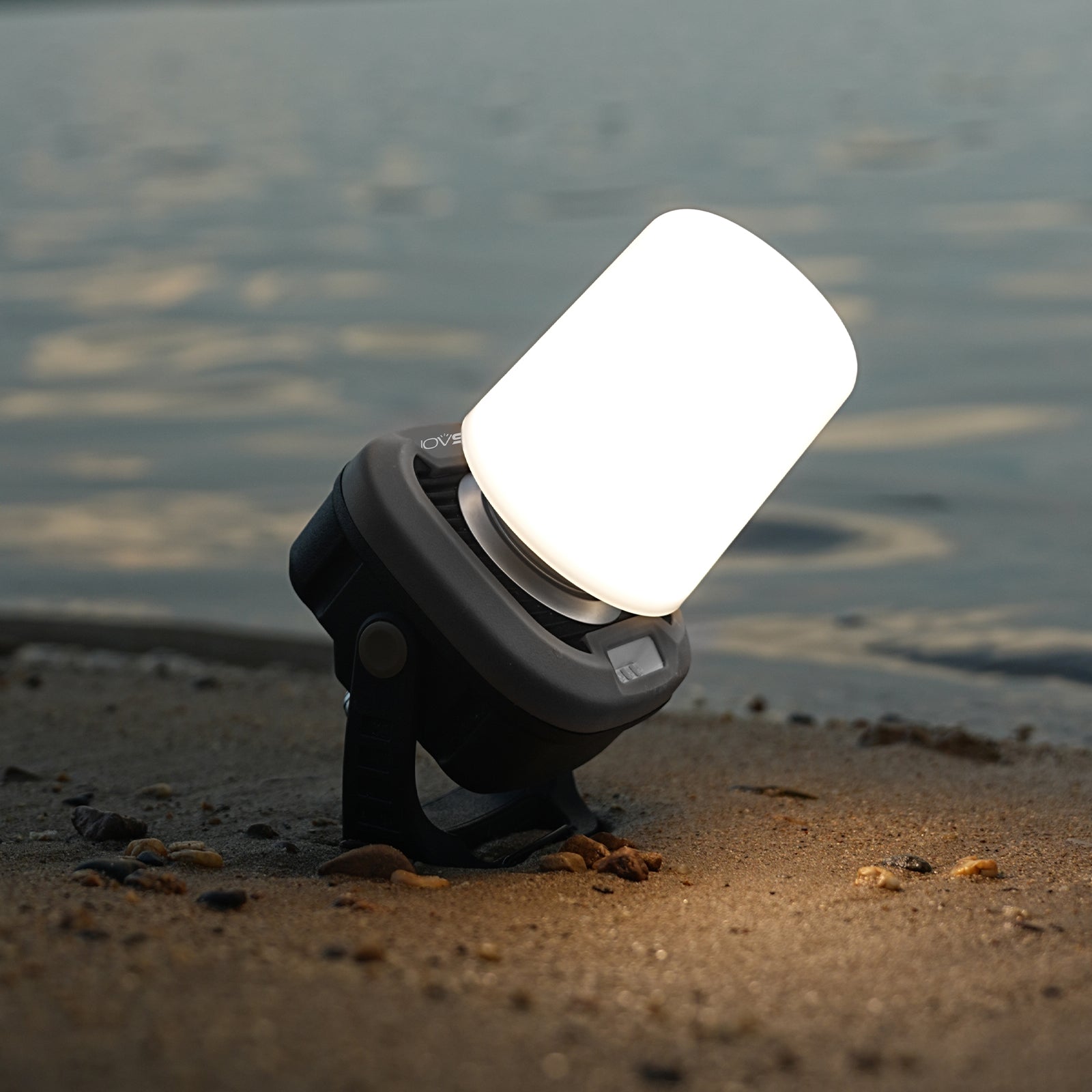
When it comes to car headlights, the first reaction comes to Audi. After all, the name "light factory" is not white, the lamp is bright enough and has a long life, and even led the trend of car headlights. Nowadays, the trend of car headlights has changed from halogen lamps and xenon lamps to LED headlights. Why can it replace traditional halogen headlights and xenon headlights?
Halogen headlights are still the most common type of lamp in car headlights. The principle of illumination is similar to that of bulbs. Quartz is used as a glass bulb, and halogen elements such as bromine and iodine or halides are added to extend the service life. But inefficiency and illuminance are also criticized, it requires more power for the same brightness, and it increases heat while increasing power. Sometimes there are cases where parts such as headlights are baked and can't stand.

Compared to halogen lamps, xenon lamps are no longer driven by filaments but by gas. The life is about 3,000 hours, three to four times that of halogen lamps, and the efficiency is also higher and brighter than halogen lamps. However, the xenon lamp is not perfect, and there are great defects in the spotlight. For example, when testing the luminous flux of a xenon lamp and a halogen lamp at a close distance, the former can double the latter, but if the distance is extended, for example, 20 meters away, the luminous flux of many xenon lamps is not even as good as that of a halogen lamp. It is precisely because of such contradictions that LED headlights were born.
Where is the magic of LED headlights?
The main appeal of car headlights is life and brightness. The life of the xenon lamp is very long (relative to halogen lamps), "up to" 3000 hours. Can you know the life of LED headlights? More than 60,000 hours, that is to say, with regular LED headlights, as long as there are no accidents or accidents, you will drive the lights all the time while driving, and drive the car completely to scrap, the lights are good. It is.

Brightness is also a distinct advantage of LED headlights, which are much more efficient than xenon lamps. In addition to energy savings, the greater benefit is that the lights can be designed to be brighter. Note that this so-called "bright" is not glare, but refers to the effective illumination, which is commonly known as "the road is better." For example, now Mercedes-Benz's third-generation LED headlights. There are three LED light sources in each of the Mercedes-Benz third-generation LED headlights. Each light source has 1024 controllable light points, which means that there are 3072 LEDs in one light group, and each LED Both can be individually lit and extinguished. To put it simply, it is the LED lights that “what is the light”, the thief in the illuminated area is bright, and there is no light leakage in the place where it should not be lit.
This is not enough. Based on the existing AEB automatic emergency braking and ACC adaptive cruise functions, the camera module used in this part of the function can further control the headlights by identification and mapping. The ultimate goal of this control is to ensure maximum function of the headlight illumination of the vehicle, as well as better anti-glare function for other vehicles and pedestrians.







1 comment
Mr Biggs
Why are you spreading false truths? None of these LED headlight bulbs will last 60,000 hrs, especially not any with fans in them because the fan itself will fail long before then, and with the fan failed and a design that needs it, the LEDs overheat and fail too, if not the driver circuit itself which on any of them, will not last 60,000 hrs.
Citing the lifespan of only the LED discrete component in a laboratory setting at 25C temperature, is extremely misleading and false. Most LED retrofit bulbs don’t even last as long as a standard halogen bulb.
Have you tested this? Many many people have discovered this during actual use.
Lastly there is the false statement that, quote: "Note that this so-called “bright” is not glare" . Glare is EXACTLY what the light from colder (lower) color temperature and lower CRI LED bulbs is. Even if they only produced the exactly same lumens as incandescent bulbs, even if they had the exact same focused beam pattern (which is impossible in an incandescent housing and reflector system), they will always have more glare because this is how the human eye reacts to the colder color spectrum. Countless people have observed this over and over, it is undeniable fact that drivers are noticing the glare from LED retrofit LED bulbs.
Leave a comment
All comments are moderated before being published.
This site is protected by hCaptcha and the hCaptcha Privacy Policy and Terms of Service apply.